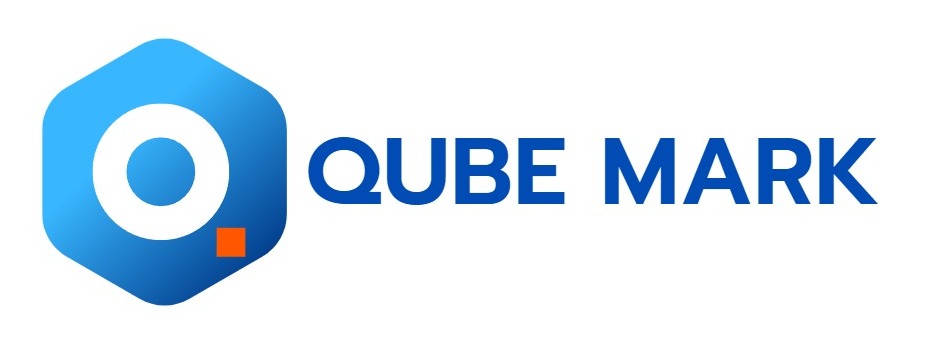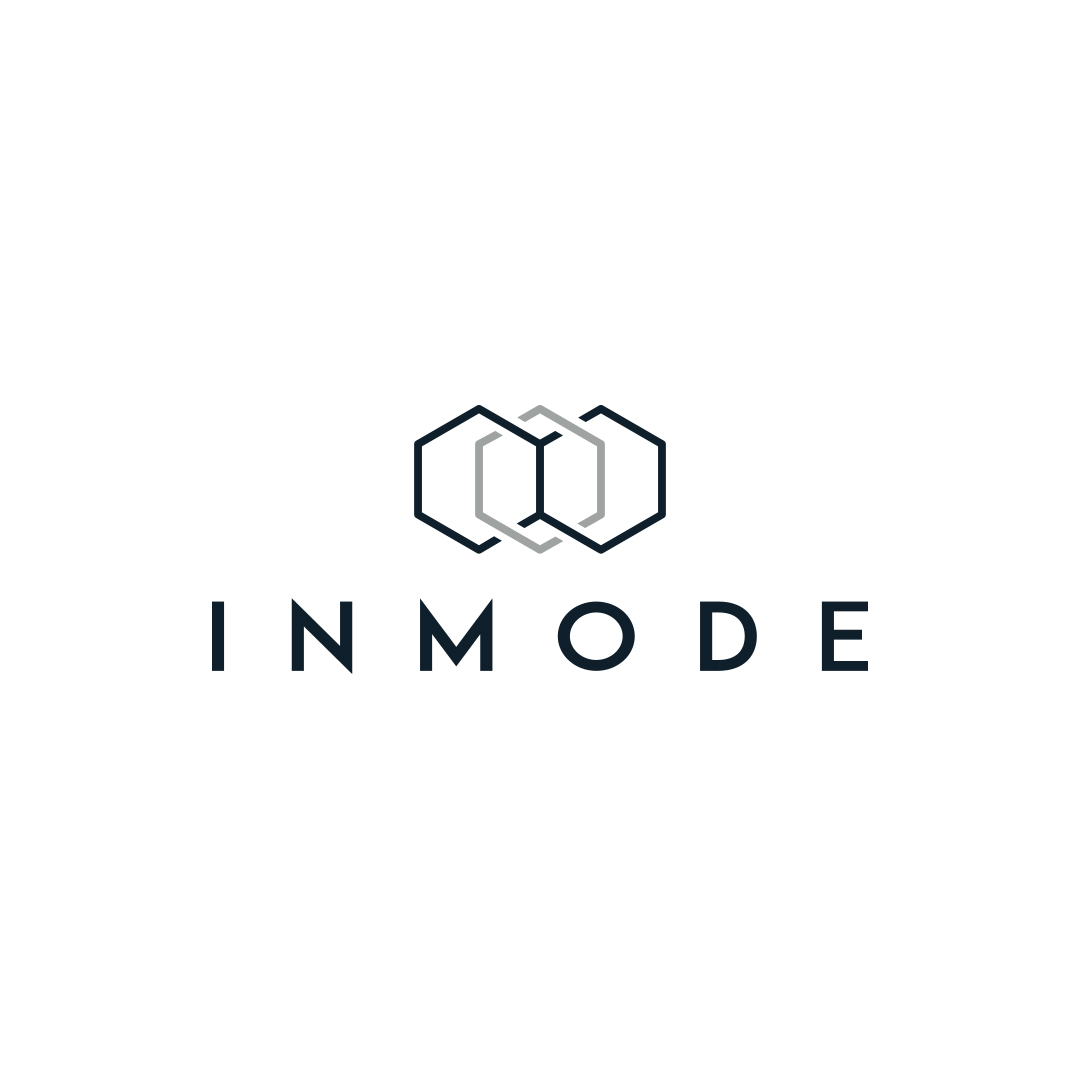NEW YORK, Feb. 4, 2025 -- Report on how AI is driving market transformation - The last mile delivery market in north america size is estimated to grow by USD 14.9 billion from 2025-2029, according to Technavio. The market is estimated to grow at a CAGR of 3.8% during the forecast period. Growing B2C e-commerce industry in US is driving market growth, with a trend towards strong focus on technological advances. However, operational challenges for last mile delivery companies poses a challenge. Key market players include ArcBest Corp., AxleHire, C H Robinson Worldwide Inc., CMA CGM SA Group, CRST The Transportation Solution Inc., DDC Logistics Inc., Deutsche Bahn AG, DSV AS, FarEye Technologies Inc., FedEx Corp., GEODIS, J B Hunt Transport Services Inc., JungleWorks, Llama Logisol Pvt. Ltd., Ryder System Inc., SEKO Logistics, SF Express Co. Ltd., Washington Express LLC, Werner Enterprises Inc., and XPO Inc..
Key insights into market evolution with AI-powered analysis. Explore trends, segmentation, and growth drivers- View Free Sample PDF
Last Mile Delivery Market In North America Scope | |
Report Coverage | Details |
Base year | 2024 |
Historic period | 2019-2023 |
Forecast period | 2025-2029 |
Growth momentum & CAGR | Accelerate at a CAGR of 3.8% |
Market growth 2025-2029 | USD 14.9 billion |
Market structure | Fragmented |
YoY growth 2022-2023 (%) | 3.7 |
Regional analysis | North America |
Performing market contribution | North America at 100% |
Key countries | US, Canada, and Mexico |
Key companies profiled | ArcBest Corp., AxleHire, C H Robinson Worldwide Inc., CMA CGM SA Group, CRST The Transportation Solution Inc., DDC Logistics Inc., Deutsche Bahn AG, DSV AS, FarEye Technologies Inc., FedEx Corp., GEODIS, J B Hunt Transport Services Inc., JungleWorks, Llama Logisol Pvt. Ltd., Ryder System Inc., SEKO Logistics, SF Express Co. Ltd., Washington Express LLC, Werner Enterprises Inc., and XPO Inc. |
The Last Mile Delivery market in North America is experiencing significant trends in Last Mile Logistics and Transportation. Weak infrastructure and rising logistics costs are driving the need for innovative solutions. Warehouses and transportation hubs are being used to streamline the delivery process. B2C deliveries, especially in the FMCG, Healthcare, and Mails and Packages sectors, are seeing a shift towards same day, express delivery, and contactless services. Technology adoption, such as autonomous delivery vehicles, multi modal systems, and delivery robots, is transforming the industry. Motorcycles, LCVs, HCVs, and drones are being used for ground and aerial delivery. Businesses are leveraging cloud platforms and advanced sensors for real-time data gathering and processing. The paradigm shift towards advanced electronics, power sources, and 5G technology is enabling autonomous mobility and unmanned vehicles. However, challenges like restricted airspace and traffic management remain. The logistics industry is also adapting to the changing shopping behavior and environmental concerns. Logistics professionals are focusing on supply chain reliability, technology adoption, and coordination for timely and satisfactory deliveries. The use of advanced sensors, LiDAR, cameras, and radar is enhancing safety and efficiency. The aviation industry is exploring fun flights, helicopters, and airplanes for cargo delivery. Overall, the Last Mile Delivery market in North America is undergoing a paradigm shift towards cutting-edge systems, robotics, and artificial intelligence for enhanced delivery process and customer experience.
In the North American last mile delivery market, technological advances are significantly shaping the industry. Real-time tracking tools enable consumers to manage and modify retail deliveries, ensuring greater transparency and control. However, handling large or heavy packages poses a challenge, as they cannot be left unattended. To address this issue, delivery providers offer web and mobile applications for managing the delivery schedule of such cargoes, allowing customers to coordinate collection directly with the delivery team.
Request Sample of our comprehensive report now to stay ahead in the AI-driven market evolution!
• Last mile delivery, also known as the final leg of transportation, is a significant challenge in North America's logistics sector. Weak infrastructure and high logistics costs are major hurdles for timely and satisfactory deliveries of goods from transportation hubs to customers' doorsteps. Shipping expenses are a concern for both B2B and B2C trade activities, especially for FMCG, healthcare, mails and packages, and online grocery stores. The use of delivery vehicles, such as motorcycles, LCVs, HCVs, drones, and robots, is essential to overcome these challenges. Autonomous delivery and a multi-modal system are paradigm shifts in the last mile delivery market. However, challenges like the postal address system, traffic intensity, and shopping behavior require advanced sensors, LiDAR, radar, and cameras for efficient delivery process coordination. Technology adoption, such as cloud platforms, contactless delivery services, and advanced electronics, is crucial for enhancing supply chain reliability and reducing shipping costs. Logistics professionals are adopting cutting-edge systems like robotics, artificial intelligence, and self-driving vehicles to meet the increasing demand for regular, same day, and express deliveries. The adoption of autonomous vehicles, including drones and delivery bots, is a game-changer for last mile delivery. These technologies offer enhanced safety, adaptability, and traffic management, making deliveries to both commercial and residential destinations more efficient. The aviation industry is also exploring the use of fun flights, helicopters, and airplanes for cargo delivery, while safety drones and Cargo Drones are revolutionizing aerial delivery. In conclusion, the last mile delivery market in North America is undergoing a significant transformation driven by technological advancements, changing consumer behavior, and the need for efficient and cost-effective delivery solutions. Logistics professionals must adapt to these changes to meet the demands of various industries, including healthcare, FMCG, and e-commerce, and provide timely, satisfactory deliveries to their customers.
• Last mile delivery in North America faces the challenge of balancing profitability with transparency and efficiency. While long-distance logistics are cost-effective through sea, rail, or road transport, last mile delivery involves individual deliveries to multiple locations, increasing labor and fuel expenses. Intense competition among numerous last mile delivery companies intensifies, with pricing and delivery time being key differentiators. Effective cost management and optimization strategies are crucial to maintaining profitability in this sector.
Discover how AI is revolutionizing market trends- Get your access now!
This last mile delivery market in North America report extensively covers market segmentation by
- Product
- B2C
- B2B
- Vehicle Type
- Large OEMs
- Custom Vehicle OEMs
- Geography
- North America
1.1 B2C- The last mile delivery market in North America for Business-to-Consumer (B2C) transactions is experiencing significant growth. This segment involves transporting goods from distribution centers or retail stores directly to consumers' locations. Consumers increasingly demand faster and more convenient delivery options, such as same-day or next-day deliveries with specific delivery windows or locations. B2C last mile delivery poses challenges due to the need to deliver individual packages to unique household locations. Despite these challenges, the B2C segment has seen rapid growth in recent years, driven by the introduction of new services like next-day and same-day deliveries, package returns, real-time shipment tracking, and delivery status updates. Vendors are leveraging big data and consumer analytics to optimize delivery routes, reduce delivery times, and enhance the consumer experience. Companies like DHL use real-time traffic, road, and weather information to optimize delivery routes for faster deliveries, while historical purchase data can be used to dispatch forward inventory, reducing pre-last mile logistics time. These strategies enable lower costs and better customer service, contributing to the growth of the B2C segment of the North American last mile delivery market.
Download a Sample of our comprehensive report today to discover how AI-driven innovations are reshaping competitive dynamics
Last Mile Delivery, the final leg of the supply chain, connects goods from transportation hubs to customers' doors in North America. This critical phase of logistics involves warehouses, ground delivery vehicles, and various innovations to streamline the process. Shipping expenses are a significant challenge, leading to the exploration of new technologies like drones, delivery robots, and self-driving vehicles. These advanced solutions aim to reduce costs and enhance safety through artificial intelligence, advanced sensors, cameras, radar, and LiDAR. The internet and online shopping have fueled the demand for fast, contactless delivery services, pushing the industry to adapt and innovate. Cloud platforms and human intervention ensure seamless coordination between various stakeholders, enabling efficient and timely product delivery. Aerial delivery drones offer potential for quicker, more efficient deliveries, while humanoid robots provide a more personalized touch. The future of last mile delivery lies in the balance between technology and human intervention, ensuring a seamless, cost-effective, and safe experience for customers.
Last mile delivery refers to the final leg of the supply chain, where goods are transported from a transportation hub or warehouse to their final destination, typically a consumer's doorstep. This critical phase of the logistics process can be complex and costly due to weak infrastructure, logistics costs, and the need for timely and satisfactory deliveries. The last mile delivery market in North America is witnessing a paradigm shift with the adoption of advanced technologies such as autonomous vehicles, robotics, artificial intelligence, and advanced sensors. Delivery modes include regular, same day, and express delivery for various sectors like FMCG, healthcare, mails and packages, and business-to-business and business-to-consumer transactions. Goods are transported using various delivery vehicles such as motorcycles, light commercial vehicles (LCVs), heavy commercial vehicles (HCVs), drones, and delivery robots. The postal address system plays a crucial role in ensuring accurate and efficient delivery. The market is also influenced by factors such as shipping expenses, trade activities, and the increasing popularity of online shopping and product delivery services. The use of cloud platforms and contactless delivery services has gained prominence during the pandemic. The last mile delivery market is expected to see significant growth due to the adoption of cutting-edge systems, enhanced safety features, and the integration of advanced electronics and power sources. The use of 5G technology, autonomous mobility, and unmanned vehicles is also expected to revolutionize the industry. However, challenges such as restricted airspace, traffic management, and safety concerns remain.
1 Executive Summary
2 Market Landscape
3 Market Sizing
4 Historic Market Size
5 Five Forces Analysis
6 Market Segmentation
- Product
- B2C
- B2B
- Vehicle Type
- Large OEMs
- Custom Vehicle OEMs
- Geography
- North America
7 Customer Landscape
8 Geographic Landscape
9 Drivers, Challenges, and Trends
10 Company Landscape
11 Company Analysis
12 Appendix
Technavio is a leading global technology research and advisory company. Their research and analysis focuses on emerging market trends and provides actionable insights to help businesses identify market opportunities and develop effective strategies to optimize their market positions.
With over 500 specialized analysts, Technavio's report library consists of more than 17,000 reports and counting, covering 800 technologies, spanning across 50 countries. Their client base consists of enterprises of all sizes, including more than 100 Fortune 500 companies. This growing client base relies on Technavio's comprehensive coverage, extensive research, and actionable market insights to identify opportunities in existing and potential markets and assess their competitive positions within changing market scenarios.
Technavio Research
Jesse Maida
Media & Marketing Executive
US: +1 844 364 1100
UK: +44 203 893 3200
Email: media@technavio.com
Website: www.technavio.com/
This News is brought to you by Qube Mark, your trusted source for the latest updates and insights in marketing technology. Stay tuned for more groundbreaking innovations in the world of technology.








